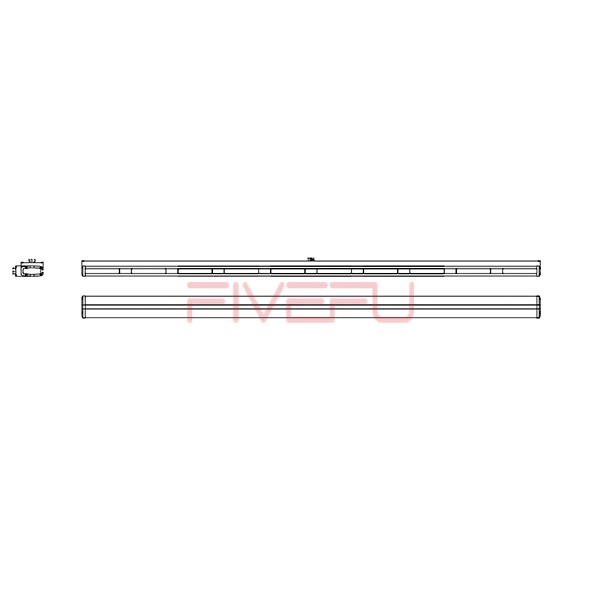The red and blue light bars adorning police cars are more than just visual adornments; they are crucial components that serve a myriad of functions, each contributing to the broader landscape of law enforcement and public safety. Spanning across various aspects of emergency response and operational effectiveness, these iconic lights play a pivotal role in modern policing strategies.
Enhancing Visibility and Recognition
At the heart of their functionality lies the need for visibility and recognition. The alternating red and blue lights are designed to grab attention, even amidst bustling traffic or adverse weather conditions. This high visibility ensures that police vehicles are instantly recognizable from a distance, allowing motorists and pedestrians to swiftly identify the presence of law enforcement during critical situations.
Signaling Emergency and Urgency
The primary purpose of these lights is to signal emergencies. Whether responding to a crime scene, medical emergency, or accident, the flashing red and blue lights alert the public to the urgency of the situation. This visual cue prompts bystanders to clear the way and allows other emergency services to coordinate their response effectively.
Facilitating Traffic Control and Management
Beyond mere illumination, these lights are instrumental in traffic control and management. During emergencies or when directing traffic at congested intersections, police officers rely on the distinct light patterns to guide vehicles safely through complex scenarios. This not only prevents gridlock but also minimizes the risk of further accidents by maintaining order amidst chaos.
Legal Authority and Operational Privileges
In many jurisdictions, the presence of red and blue lights signifies more than just visibility—it denotes legal authority. Emergency vehicles equipped with these lights often have specific legal privileges, such as the ability to exceed speed limits or proceed through red lights when responding to emergencies. These privileges are crucial in ensuring swift and effective emergency response without unnecessary delays.
Psychological Impact and Deterrence
Beyond their practical applications, the presence of red and blue lights has a psychological impact on both perpetrators and the general public. For lawbreakers, the sight of flashing police lights can deter criminal activity and encourage compliance with the law. Conversely, for victims and bystanders, these lights represent a beacon of hope and reassurance that help is on the way during times of distress.
Technological Advancements and Adaptations
In recent years, technological advancements have further enhanced the capabilities of these lights. LED technology, for instance, has improved energy efficiency and durability, allowing for longer operational lifespans and reduced maintenance costs. Additionally, the ability to synchronize light patterns across multiple vehicles enhances visibility and coordination during large-scale incidents or multi-agency operations.
Cultural and Symbolic Significance
Beyond their functional roles, red and blue lights hold cultural and symbolic significance. They are iconic symbols of law enforcement and emergency response, instantly recognizable in popular culture, media representations, and everyday encounters. This symbolism underscores their role not just as tools of enforcement but also as symbols of safety and security within communities.
Challenges and Considerations
Despite their undeniable benefits, the use of red and blue lights is not without challenges. Concerns over misuse, such as unauthorized vehicles impersonating emergency services, underscore the importance of strict regulations and enforcement measures. Additionally, the potential for sensory overload in urban environments with multiple flashing lights requires careful consideration of design and operational guidelines to minimize distractions and ensure public safety.
Conclusion
In conclusion, the red and blue light bars on police cars embody far more than their visual appeal—they are indispensable tools that uphold the principles of safety, order, and efficiency within law enforcement. From enhancing visibility and signaling emergencies to facilitating traffic control and embodying legal authority, these lights epitomize the intersection of technology, psychology, and public safety in modern policing. As technology continues to evolve and societal needs evolve with it, the role of these lights will undoubtedly continue to adapt, ensuring that they remain steadfast symbols of protection and reassurance in an ever-changing world.









